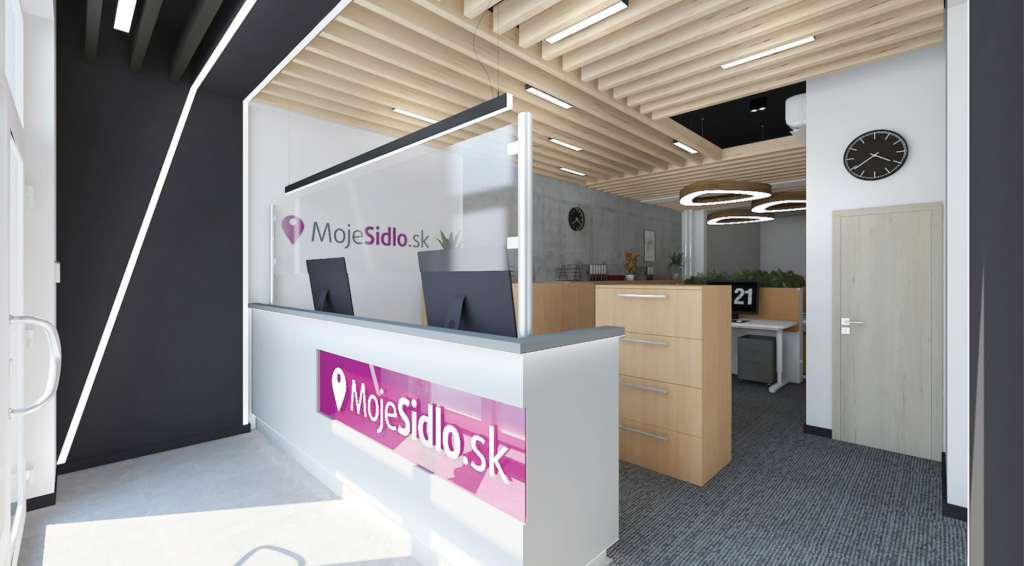Everyone wants to move to the cloud
If the IT sector ever had a trendy buzzword and widely discussed topic, it was (and still is) the cloud, specifically the public cloud.
Cloud hosting supposedly guarantees your applications:
- high availability and necessary performance
- virtually unlimited scalability
- lower operating costs
- better security
We too fell for this spell for a while. We thought we could move part of our services – which don’t have to be hosted on-premises – to the public cloud, since it is supposed to be so good and cheap.
But first, we wanted to properly test it. We were interested in its limits and real behaviour, not just marketing slogans.
We chose Amazon cloud: Amazon Web Services, known as AWS.
Here’s the result:
Testing conditions: we got Tableau
Webglobe is growing successfully and surpassing all our predictions. Because we want to run the company based on the most accurate data – and after acquiring 17 companies in 3 markets, we really have a lot of data – we got Tableau and used it to test AWS.
Tableau is a data analytics application. Its main USPs on their website include:
- 10–100× faster analytics and visualisation compared to competitors
- real-time data loading
- data sharing within seconds
We were looking forward to flawless operation, but it turned out that even after lengthy setup of the application and servers on AWS, Tableau was extremely slow. Analyses took disproportionally long to load and data processed slowly…
As you can probably guess, the problem was not Tableau, but the slow cloud.
“The disadvantage of public clouds like Amazon AWS is that they offer a boxed solution that cannot be configured. The only way to improve performance is to buy a higher package.”
Lukáš Kasič, Chief Solution Architect, Webglobe
Escape from the public cloud to privacy
On Amazon, we had a standard EC2 virtual server ordered (16 vCPU, 128 GB RAM, and 300 GB storage), which should be more than enough to run an application like Tableau.
But Tableau needs heavy disk usage, and Amazon provides virtual servers with disks performing only about 900 IOPS (input/output operations per second), roughly the level of old spinning HDDs.
To actually use Tableau properly, we would have to pay extra for faster SSD storage. Amazon does offer this, of course, but at a significant extra cost.
Since we were still spending $1,000 (€900) monthly on AWS after careful optimisation, we decided to stop the test. We migrated Tableau to our own managed cloud with virtual servers.
Our servers are equipped with new NVMe SSD drives connected via CEPH, achieving up to 40,000 IOPS.
“Tableau immediately ran 2x faster than on Amazon.”
Lukáš Kasič, Chief Solution Architect, Webglobe
With the same configuration (16 vCPU, 128 GB RAM, 300 GB), we recorded an extremely high performance increase.
Do the same and get 2x performance for 25% less
The above-mentioned managed virtual server with us costs €715. That is 25% cheaper than on Amazon.
That saves over €2,600 per year.
If we wanted to match the same IOPS count on AWS, the difference would be absolutely huge. AWS charges skyrocket with such configurations and reach tens of thousands per year.
Besides better hardware, Webglobe cloud has other significant advantages:
1. Maximum customisation of servers and services
Amazon offers only a boxed AWS solution. We build infrastructure exactly tailored to your needs. We choose services and technologies not by brand but by how well they meet your requirements. If it makes sense to use Amazon, we will.
2. Local support, 24/7
Although AWS support is among the better, more willing, and faster on the market, it still can’t compare with local support that speaks your language and is usually available by phone. At Webglobe, you even get direct phone access to the administrators who design and manage your cloud.
In conclusion
As Tomáš Kostka, Head of Custom Business Solutions at Webglobe, says: “Customers don’t really need public cloud, they need a working solution.”
This solution may well include AWS or a similar public cloud (we often use Amazon S3 storage, for example). But it does not always make sense as part of the overall infrastructure.
Is all this really true? Read more comparisons of private vs. public cloud and how our chief architect of custom infrastructure, Lukáš Kasič, views it.
Want to double your applications’ speed and save money? Message us and we’ll prepare your own private cloud.




